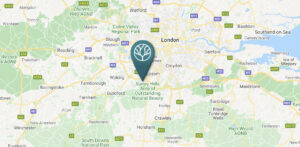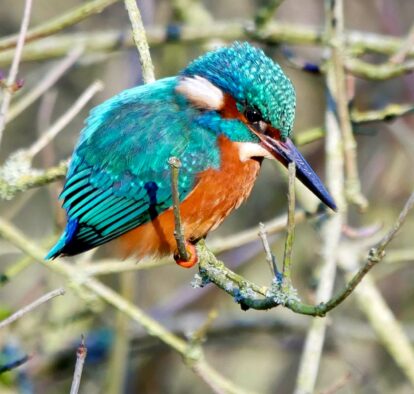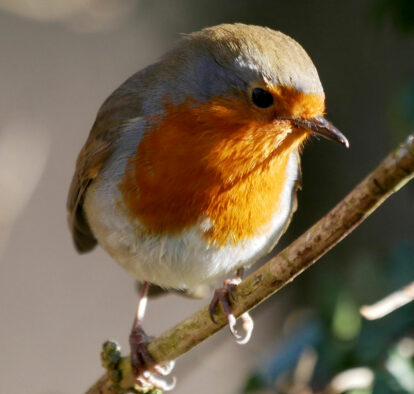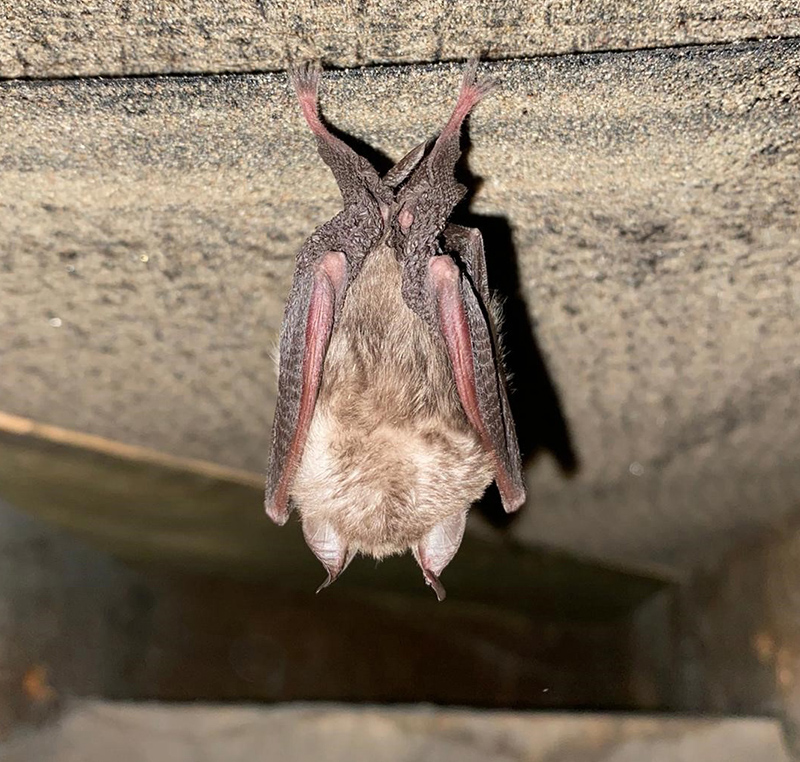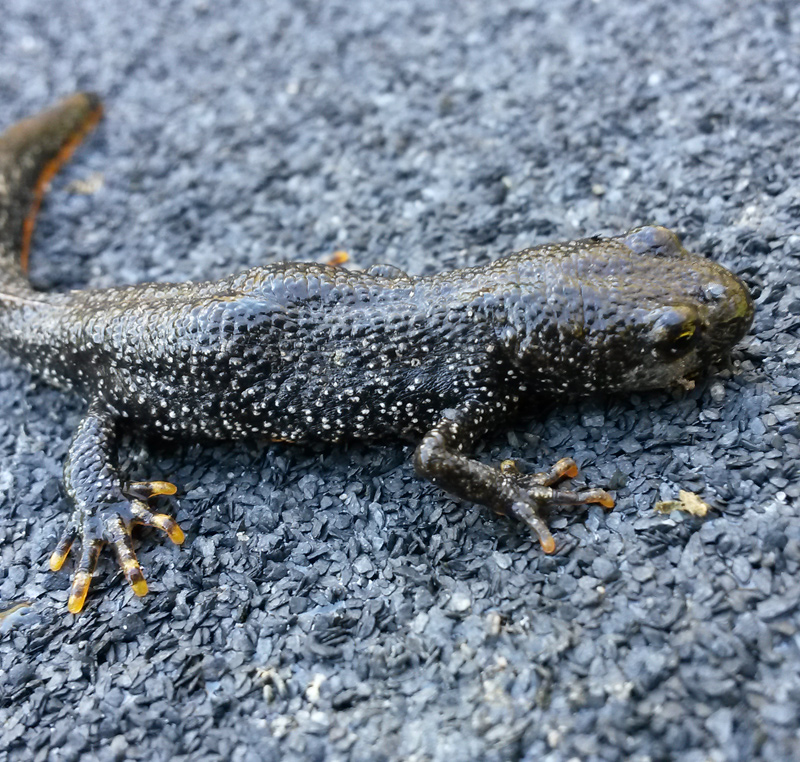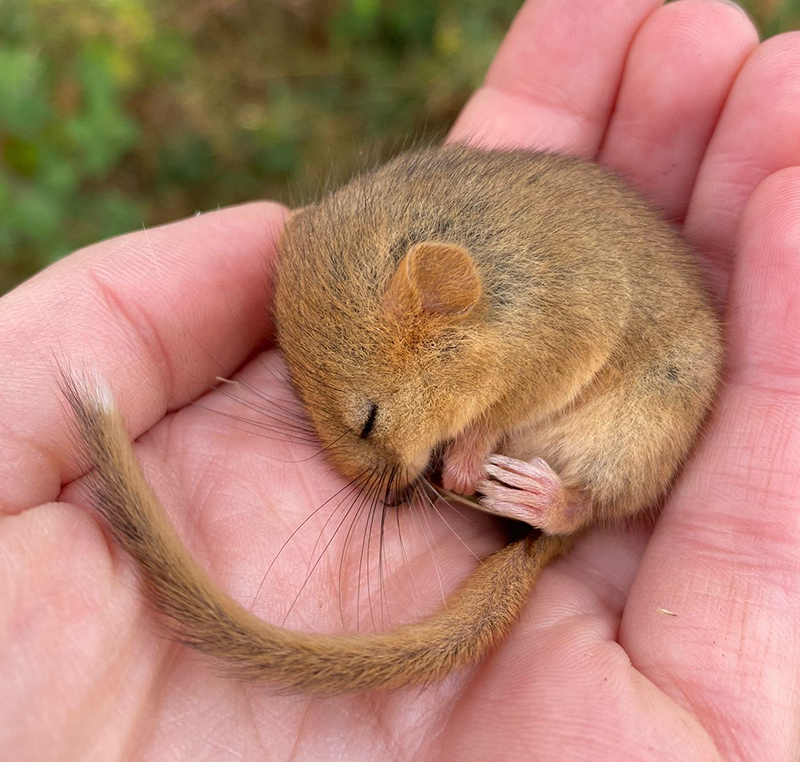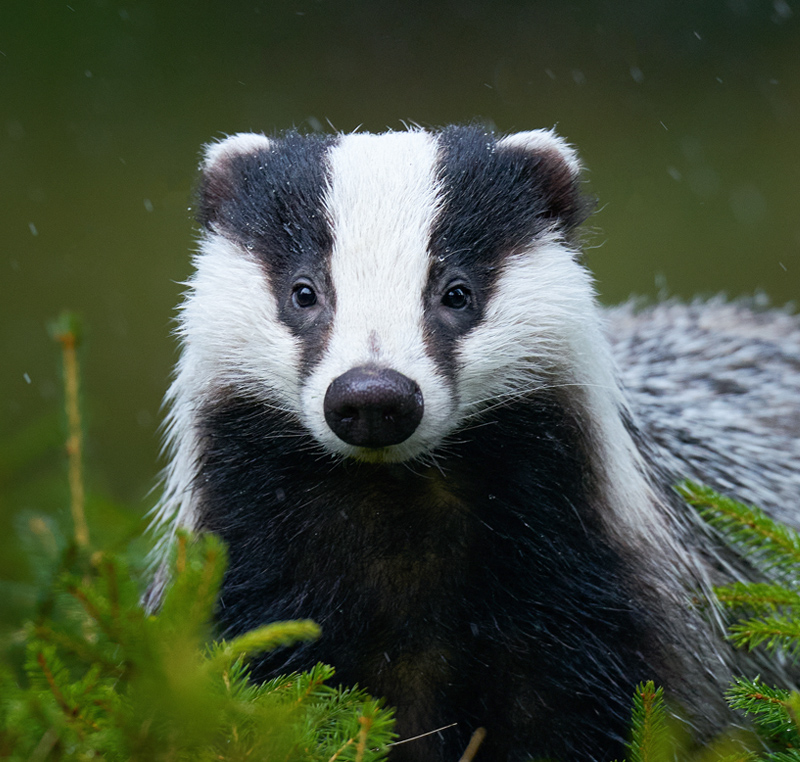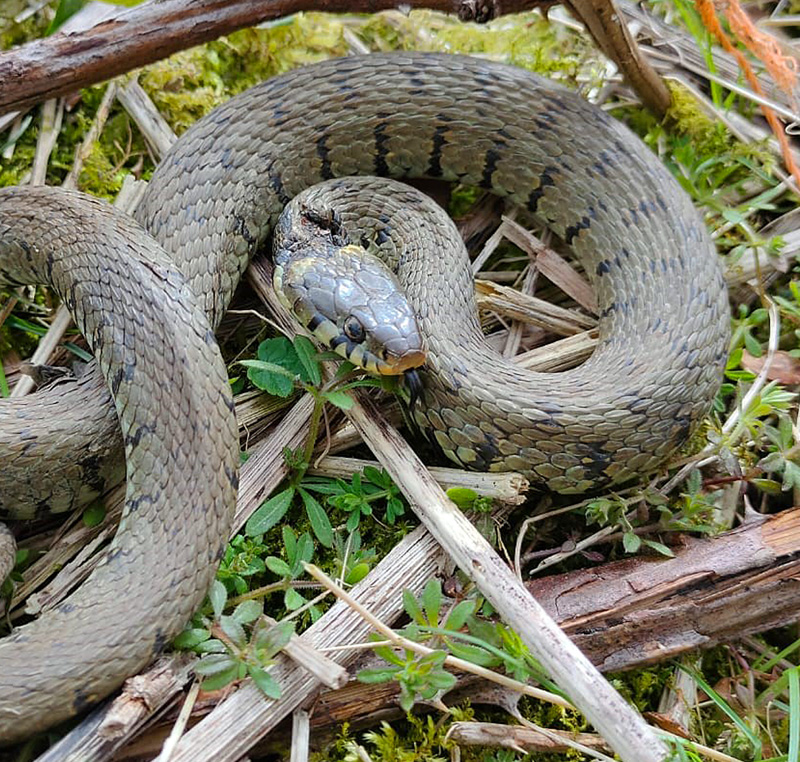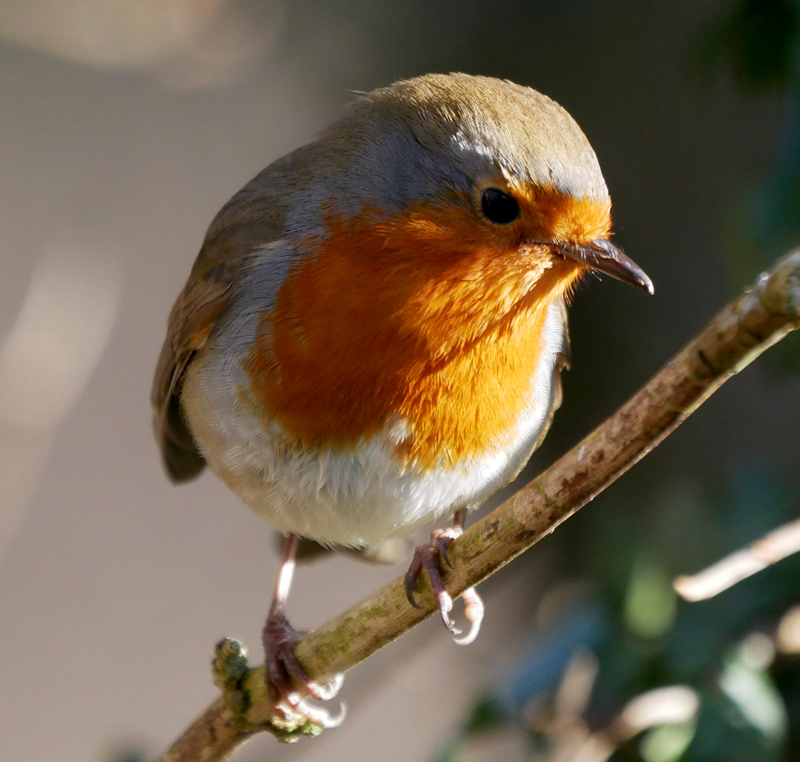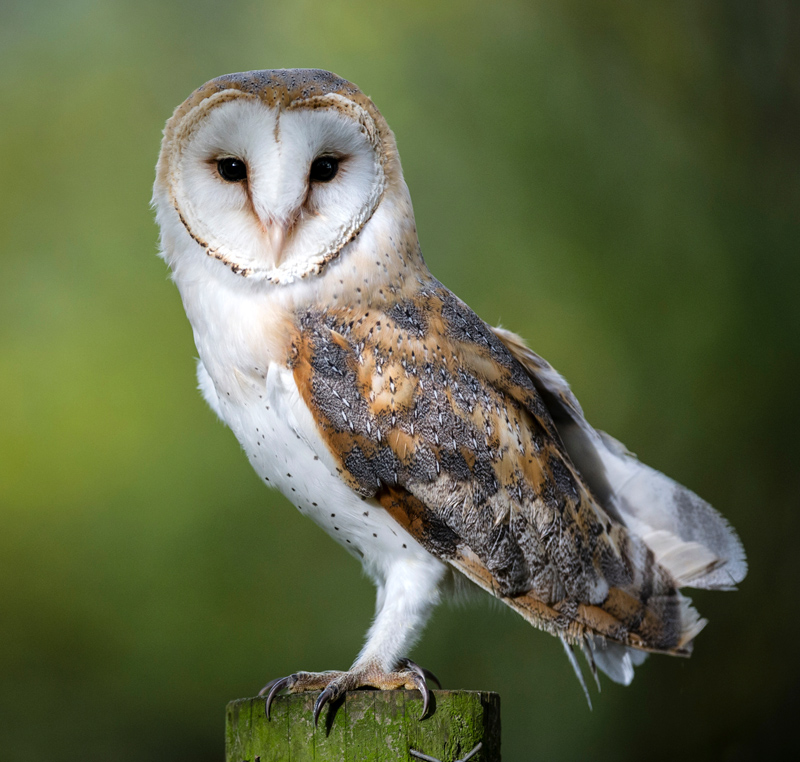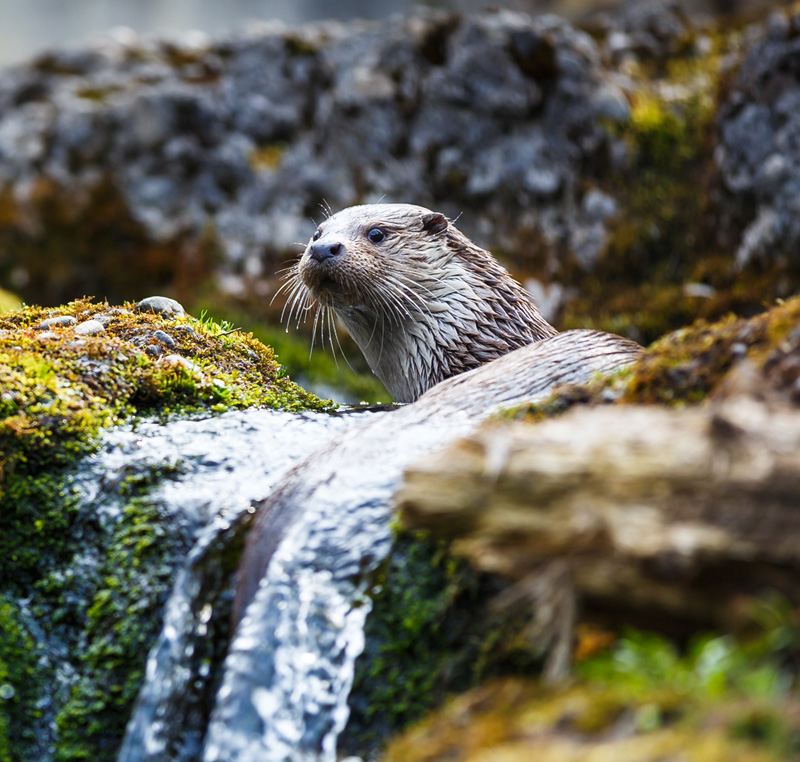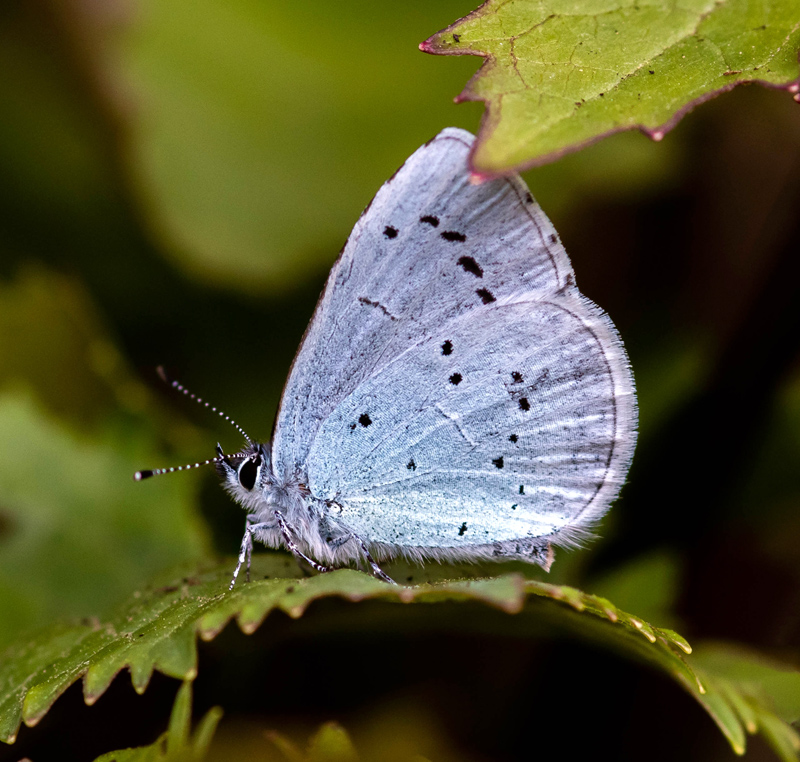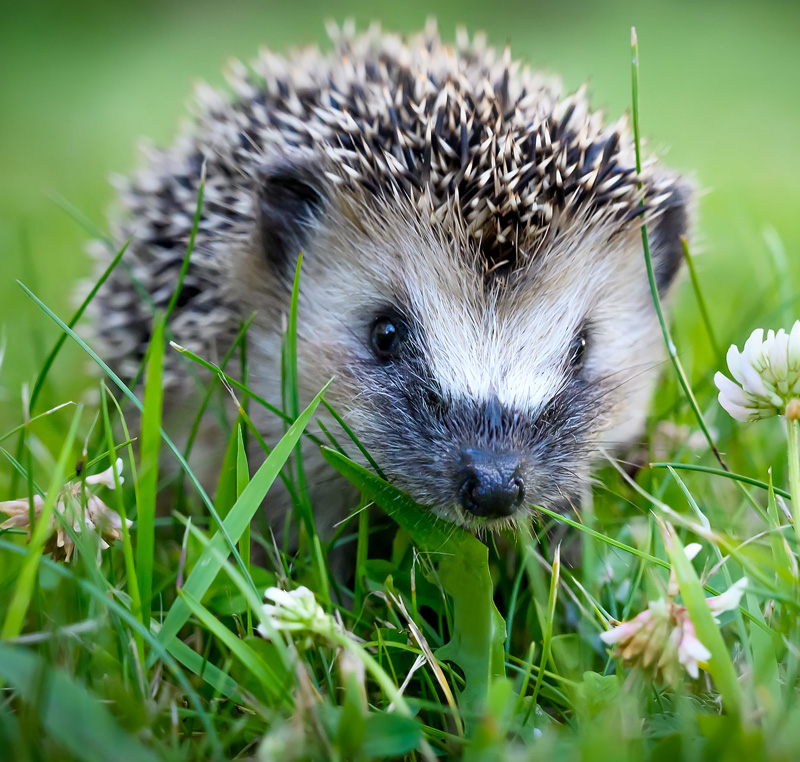Birds
Legal Protection
All wild birds native to the UK (including migratory species) are protected under the Wildlife and Countryside Act 1981. Nesting and breeding birds are also protected under the Act which makes it an offence to recklessly kill, injure or take any wild birds, nests or eggs. Several birds, such as barn owls, are schedule 1 listed species, which are given further legal protection.
Assessments should also be made on the potential impacts of development on protected bird assemblages associated with Special Protection Areas (SPAs). This may involve assessing direct and indirect impacts on SPA designations, including the development of functionally linked land. Such surveys are therefore fundamental in supporting HRA assessments.
Survey Work...
The Ecology Partnership offer a range of bird surveys associated habitats present and species that are likely to occur. This can be as simple of as a check of nesting bird habitat prior to site clearance, or a detailed survey as detailed below.
Breeding Bird Survey...
This survey is conducted using the standard Common Bird Census methodology developed by the British Trust for Ornithology (Gilbert et al. 1998). This method uses registration mapping which, with appropriate survey input, can allow for the estimation of breeding territory numbers and the distribution of territories for each species.
Typically, at least three surveys are carried out at different times of the year to consider the breeding seasons for a range of species. For example, resident species establish territories as early as March whilst some migrant species do not arrive to start breeding until May.
The British Trust for Ornithology recommends one early season visit between mid-April and mid-May and one late season visit between mid-May and late-June, with at least four weeks between survey dates.
Farmland Bird Survey...
This survey is aimed specifically at assessing the species which could be using farmland habitats, as these are often specialists. The RSPB’s UK Farmland Bird Indicator lists 19 species which are most at risk from development due to their dependence on farmland and their inability to thrive in other habitats.
The methodology is similar to the one used for Breeding Bird Survey, with at least three surveys recommended at different times of the year to take into account both breeding and over-wintering activity.
Wintering Bird Survey...
Wintering bird surveys are also required to assess if the land is functionally linked to SPA and Ramsar designated sites. Birds are mobile and species that are qualifying features of the SPA, either individually or as a part of the waterbird assemblage, may feed on land outside of the SPA boundaries. Occasionally impacts to such habitats can have a significant effect upon the special interest of a European site. Habitats used by significant numbers of qualifying features of the SPA are defined as functionally linked to the site and so require assessment under the Habitats Directive and Regulations, as if they were within the SPA boundary.
It is usually recommended surveys are undertaken each month from November – February .The number of surveys required is variable and can include several surveys per month. This methodology is similar to the Breeding Bird Survey, where a transect is walked and species are mapped.
If you require more information on these assessment or further ecological consultancy, please call us or email us.
01372 364 133
info@ecologypartnership.com
Follow us
Barn owl!
GCN and eft! #surveys #newts
River corridor surveys have yielded positive results! #surveys #rivers #otters
Amazing efts! #surveys #teamnewt
Perfect day for team training #sunshine
Beautiful great crested #newts this morning #surveys
Great find! #adder #snakes #surveys
Badgers playing! #cubs #april #playtime
And of course cakes! #yum #stockholm
Small streets and beautiful buildings #stockholm #adventures
Survey mornings in April! Beautiful views!
Amazing @jubberstravels story telling @Waterstones
What a beauty! #reptiles #slowworm #surveys #spring
Having a good scratch! #badgers #spring
Male and female great crested newts #teamnewt
What a catch! #newts #surveying #spring
Newt hunting! #newts #surveying
Nice find this morning! #bats #surveys
Good view point! @oldvictheatre can’t wait!
Excellent book! @Waterstones @jubberstravels so good to see it rightly recommended! We are looking forward to his next one!
Super photo! Pipistrelle rehomed under licence #bats #lovebats
Science! @sciencemuseum
Dinosaurs 🦕 and invertebrates today! @NHM_London
The joy of winter fieldwork #mud #surveys
Beautiful and crisp morning #cold
Very excited to be here today! #london #NYE
Super day out! #backtothefuture
Tempting! #backtothefuture
Found it!
Rare wintering bird spotted in central London! #christmas #partytime
